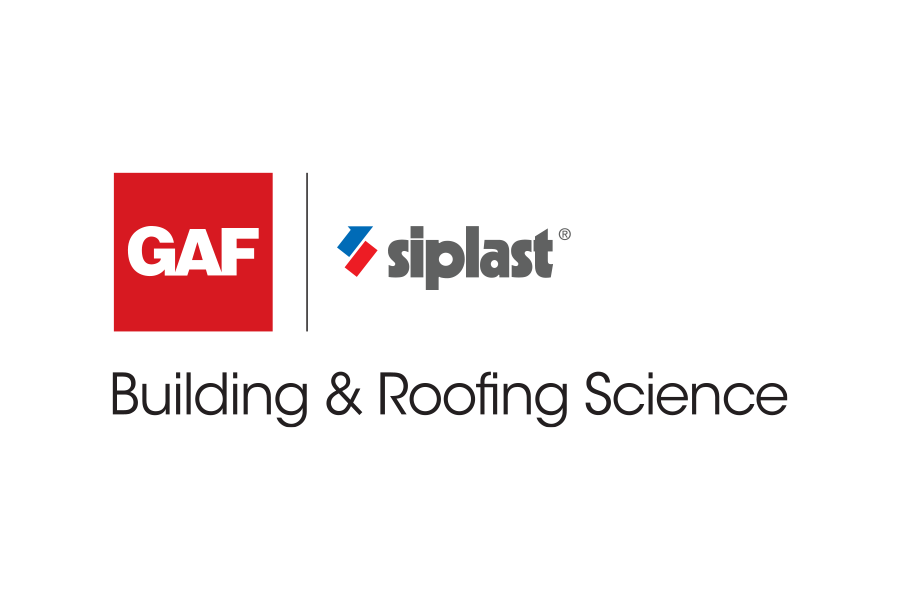Earn: 1 AIA LU/HSW, 1 IIBEC CEH, and 0.1 IACET CEU
A roof is more than the surface that keeps water out of buildings; it’s the first line of defense from the elements, whether it’s rain, snow, wind, hail, heat, or sun. Roof systems are a complex part of the building enclosure with many components that serve as a means to control water, air, vapor, and heat transfer.
This presentation will review how changes in energy codes and local ordinances have shifted the paradigms in what is considered best practice when it comes to specifying energy-efficient and durable single-ply roof assemblies. We will discuss the different types of roof membranes, coverboards, attachment, insulation, and vapor barriers used in single-ply roof systems. To provide context, we’ll review several project examples to demonstrate the best practices and tools available to designers who may be new to single-ply roof assemblies or cool roof requirements.
Learning Objectives:
- Evaluate the effectiveness of single-ply roof systems to meet the requirements for cool roof building codes and achieve improved energy efficiency.
- Recognize when to specify the different types of roof membranes, coverboards, attachment/adhesive, insulation, and vapor barriers used in single-ply roof systems.
- Identify how the performance of single-ply roof systems can be enhanced when considering sustainability, energy efficiency, wind uplift, puncture resistance, and ease of repairs.
- Apply examples of best practices and tools to assist in designing durable and cost-effective roofing assemblies.
Sponsored by:
